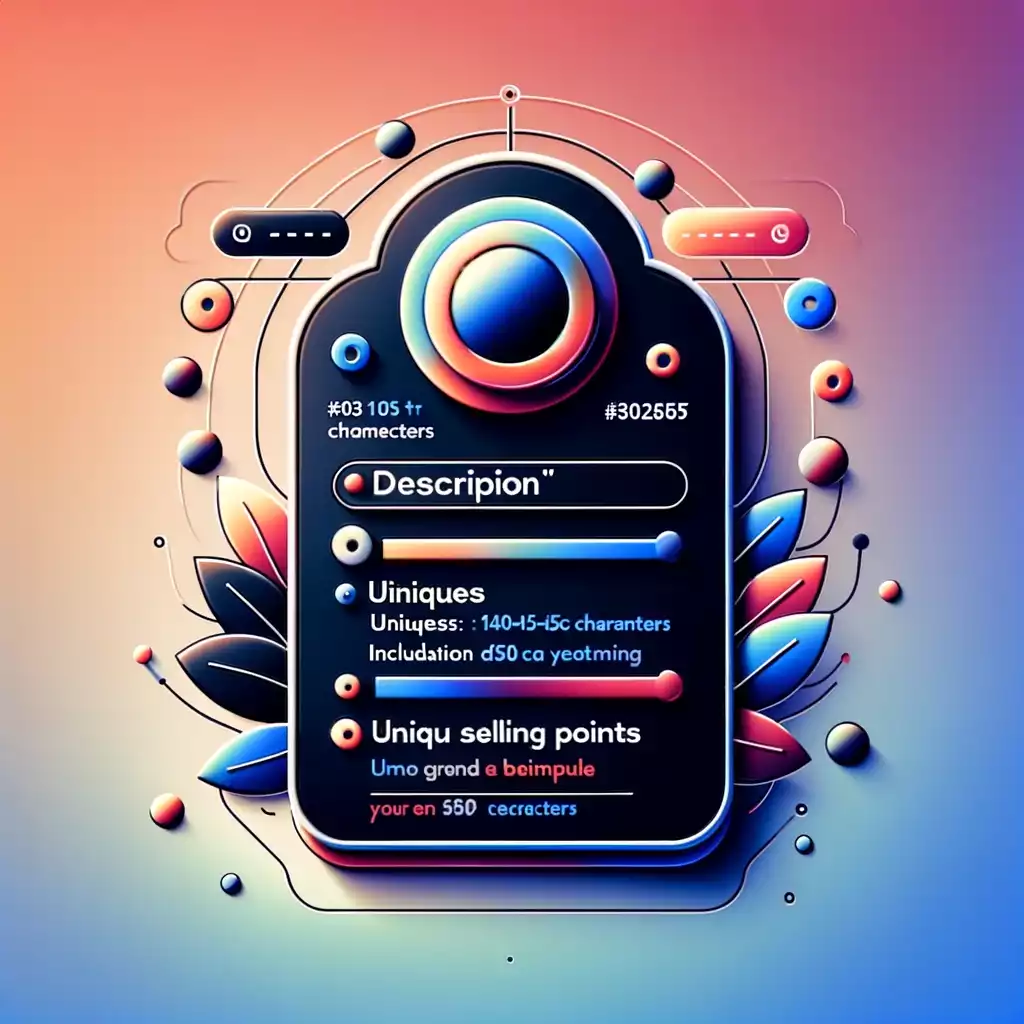A Brief History of HTML, CSS and JavaScript: How did it all start?
Today, websites look stunning: interactive elements, beautiful fonts, animations, and instant reactions to user actions. But have you ever wondered how it all began? Let’s take a short journey into the past! 🚀
HTML: The Beginning of the Web
In 1991, Tim Berners-Lee introduced the world to the first markup language — HTML (HyperText Markup Language). He created it so that scientists could share documents over the internet.
The early versions of HTML were extremely simple: headings, text, and links. There was no design or complex functionality. But this laid the foundation for the first web pages.
CSS: Style for Pages
In 1996, CSS (Cascading Style Sheets) was introduced, and the web literally came to life with color. Before that, website design was limited to basic elements.
With CSS, developers could:
Change fonts and colors.
Create margins and alignments.
Separate content from style (HTML handles the structure, CSS handles the appearance).
Thanks to CSS, websites stopped being boring text pages and became visually appealing and user-friendly.JavaScript: The Magic of Interactivity
Everything changed in 1995 when Brendan Eich created JavaScript in just 10 days! This language brought interactivity to websites.
Now, websites could:
Respond to user actions (e.g., when buttons were clicked).
Validate forms without refreshing the page.
Create animations and complex interfaces.
JavaScript became the foundation of the dynamic web and later a key tool for app development.
Why Is This Important to Know?
HTML, CSS, and JavaScript are the backbone of modern websites and applications. Their evolution has turned the internet into what we know and love today.
Other news















